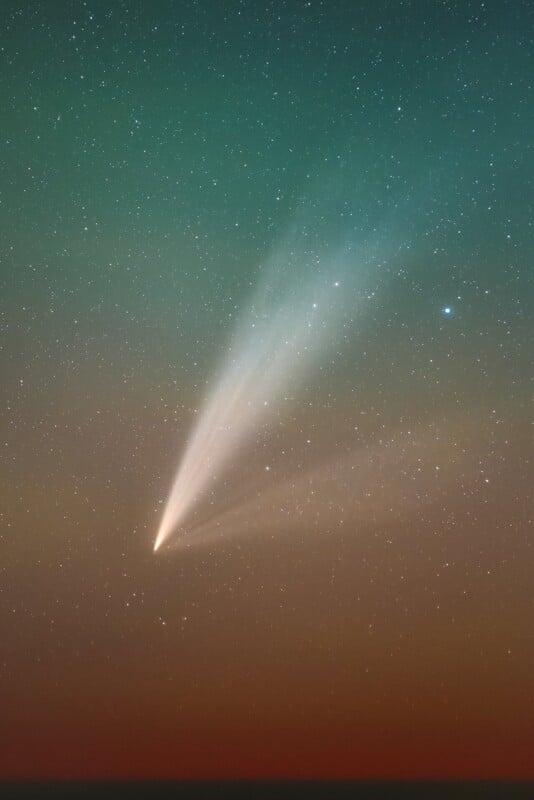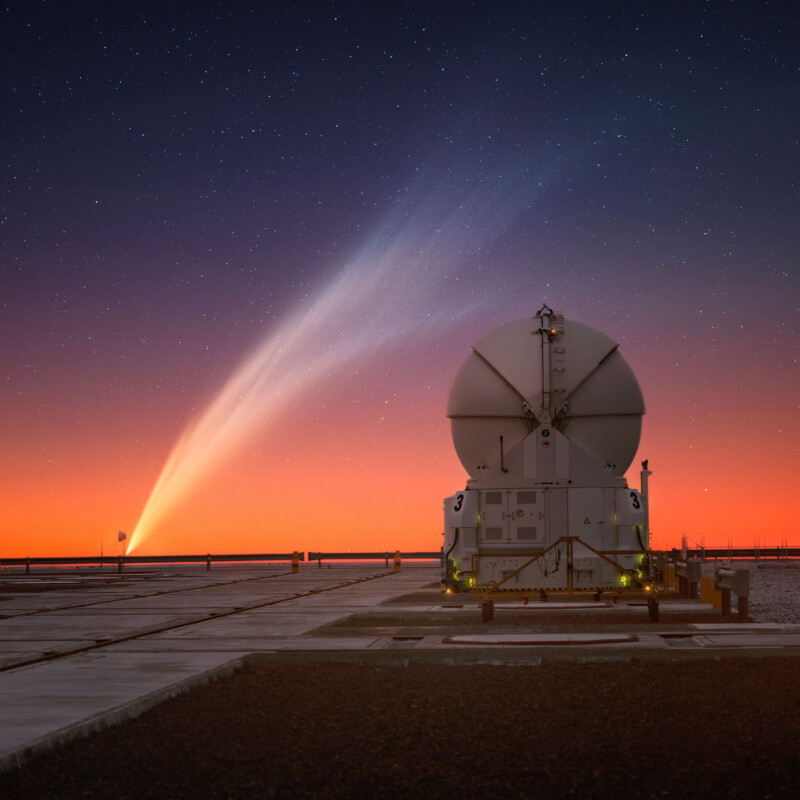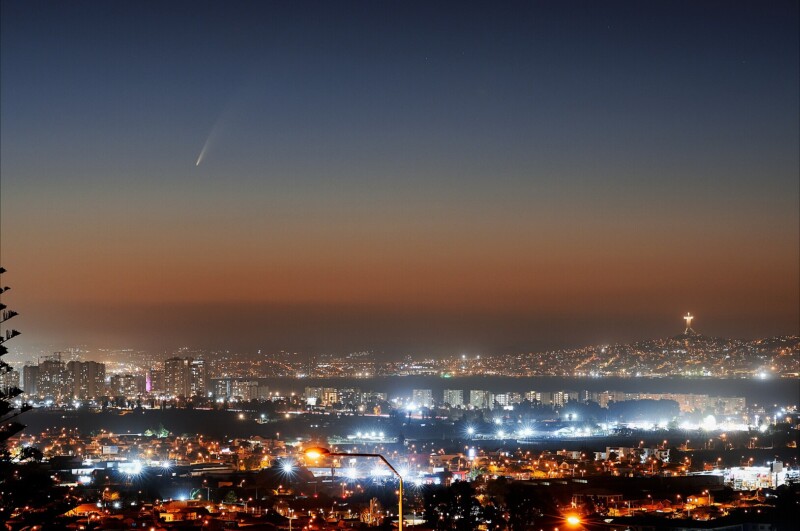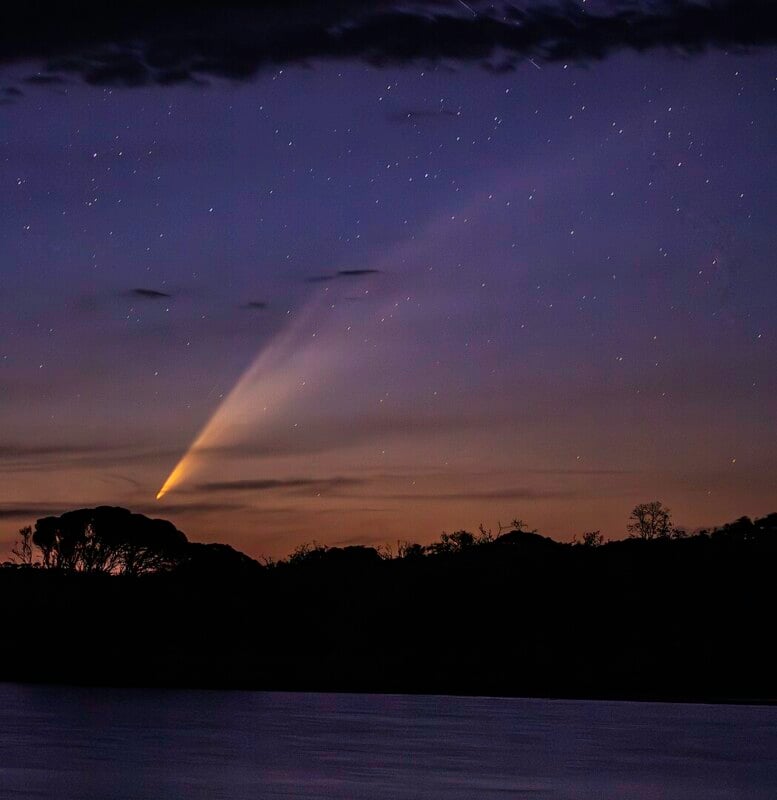The ‘Great Comet of 2025’ Lights Up the Skies in Stunning Photos

Comet G3 (ATLAS) recently appeared in the skies above Earth: a rare celestial visitor that is thought to appear just once every 600,000 years. It lit up the skies of the southern hemisphere and has been dubbed the “Great Comet of 2025.”
For the most part, astrophotographers in the northern hemisphere weren’t able to resolve the comet anything like those south of the equator. The European Southern Observatory — located in the Atacama Desert, Chile — shared a series of breathtaking photos of the comet above the Paranal Observatory.


ESO’s Paranal Observatory is one of the world’s premier locations for stargazing and astrophotography. The Atacama Desert boasts some of the darkest skies in the world: far from light pollution and radio interference.


Comet G3 reached perihelion — its closest point to the Sun — on January 13. Many observers believed that it wouldn’t survive and the cosmic snowball would disintegrate. This is because it was presumed the comet was a new one originating from the Oort cloud. But as astronomers studied the comet, it was found to be more likely an older comet — one that has made close approaches to the Sun before. The ESO explains that it is now moving away from Earth’s star but “there are signs that the nucleus might have fragmented even though the tail is still visible.”




If you’d like to have a go at capturing the next comet that visits the solar system, then why not check out PetaPixel’s comprehensive astrophotography guide.